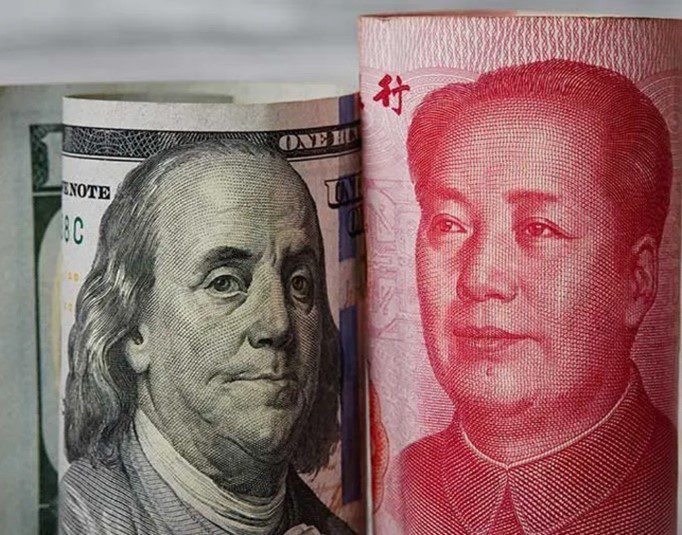China’s top executive organ, the State Council, announced new measures to further decrease social contribution rates for businesses across the country. Keep reading as we analyze how these policies will be implemented in local jurisdictions and their impact for employers.
Take a look at some of our previous articles: Implementing Regulations of the new IIT Law in China
The Comprehensive Plan for Reducing Social Insurance Rates (hereinafter referred to as “the Plan”) was adopted in a high-level meeting earlier this year on March 26. It affects the country’s social security wage base, contributions to the pension fund as well as unemployment and work injury insurance.
The newly announced measures follow President Xi’s pledge at the 2018 Central Economic Work Conference to substantially slash corporate taxes.
Scroll down as we highlight key updates to China’s social contribution system.
7 Priorities to Reform China’s Social Contribution System
The Plan is divided into 7 major sections, each identifying key updates to the current national social contribution scheme. Specifically, the document calls for:
- A country-wide reduction in enterprise contributions to urban workers’ pension fund to 16%
- A progressive cut in premium rates for unemployment and work-related injury insurance. The policy has been extended to April 30, 2020
- An adjustment in social security contribution base policy
- The unification of enterprises’ basic aged-care insurance payment for employees at the provincial level by 2020
- An increase of the pension fund adjustment ratio to 3.5%
- A broader application of the new social security payment collection system and ban on increasing SMEs’ contribution burden.
- The establishment of a cooperation mechanism between the State council and relevant departments at the county level.
According to Vice-minister of human resources and social security You Jun, the new policies will cut aged-care insurance fees by more than 190 billion yuan ($28.3 billion) and unemployment and work-related injury insurance by more than 110 billion yuan by the end of this year.
Lower Employer Contribution to the Pension Fund
Previously, most employers across China had to contribute up to 20% of their employees’ salaries into the national pension fund. Starting May 1st, 2019, this rate has been lowered to 16%, easing companies’ payroll burden. In cities where the pension fund contribution is already equal or lower than 16% the rate remains unchanged. This is the case in Shenzhen and Guangzhou for instance.
In addition, employees are still required to pay 8% of their monthly salary into the pension fund.
What Does it Actually Mean for Your Business?
Let’s take a look at how much you can save with the newly implemented measures. For a Shanghai-based employee with gross monthly salary of 6,000 RMB, the employer’s share of the pension fund contribution would have been calculated as below under the previous contribution standards:
Pension fund contribution= Gross salary (6,000) x Mandatory contribution rate (20%) = 1,200 RMB
Under the new rules, this amount will be reduced to 960 RMB. In other words, the social contribution cuts will result in 2,880 RMB yearly savings for one employee.
With these cuts, Beijing is incentivizing more companies to comply with labor laws and pay insurance premiums on behalf of their employees. It is indeed not uncommon to hear about companies exploiting regulatory loopholes to skirt their social contribution obligations. According to a 2018 white paper published by 51shebao, only 27% of companies made full payment of their share of social insurance contributions last year. 31.7% of enterprises only provided their employees with the minimum mandatory insurance coverage.
Take a look at some of our previous articles: China’s IIT Special Itemized Deductions for 2019 announced
Progressive Cut in Unemployment Insurance Premiums
In addition to the above preferential policies regarding contributions to the national pension fund, the State Council also published guidelines on reducing unemployment and work-related premiums for employers.
The Plan provides the following instructions on how to reduce the contribution rate:
- In cities where the insurance fund’s payable balance is large enough to cover unemployment and work-related injuries compensations for the next 18 to 23 months, the premium can be reduced by 20 %
- In cities where the insurance fund’s payable balance is large enough to cover unemployment and work-related injuries compensations for at least 24 months, the premium can be reduced by 50 %
Conclusion
As the Chinese economy is showing signs of slowdown, there’s no doubt that the new social contribution cuts will bring significant relief to employers across China. Social security payment represent a large expense for China-based businesses. The average contribution rate for employers is in fact above 30% of the employee’s salary. This is much higher than the average contribution rate in the EU (20%) or Asia (14%).
More tax incentives are expected to be announced in the second half of 2019. Make sure to follow us on social media as we cover the latest developments.Need advice on setting up your China business? Get in touch with our team for a consultation and follow us on social media to receive the latest news.
Our experienced team has the necessary expertise and the know-how to support you with your business – have a look at the services we offer.
Also, don’t forget to follow us on social media to receive all the latest updates!
See how much salary you receive after tax and check your company value without leaving WeChat!
Also, our Mini Program can estimate the salary in your industry, for your experience level and position. A huge help for salary negotiations!







